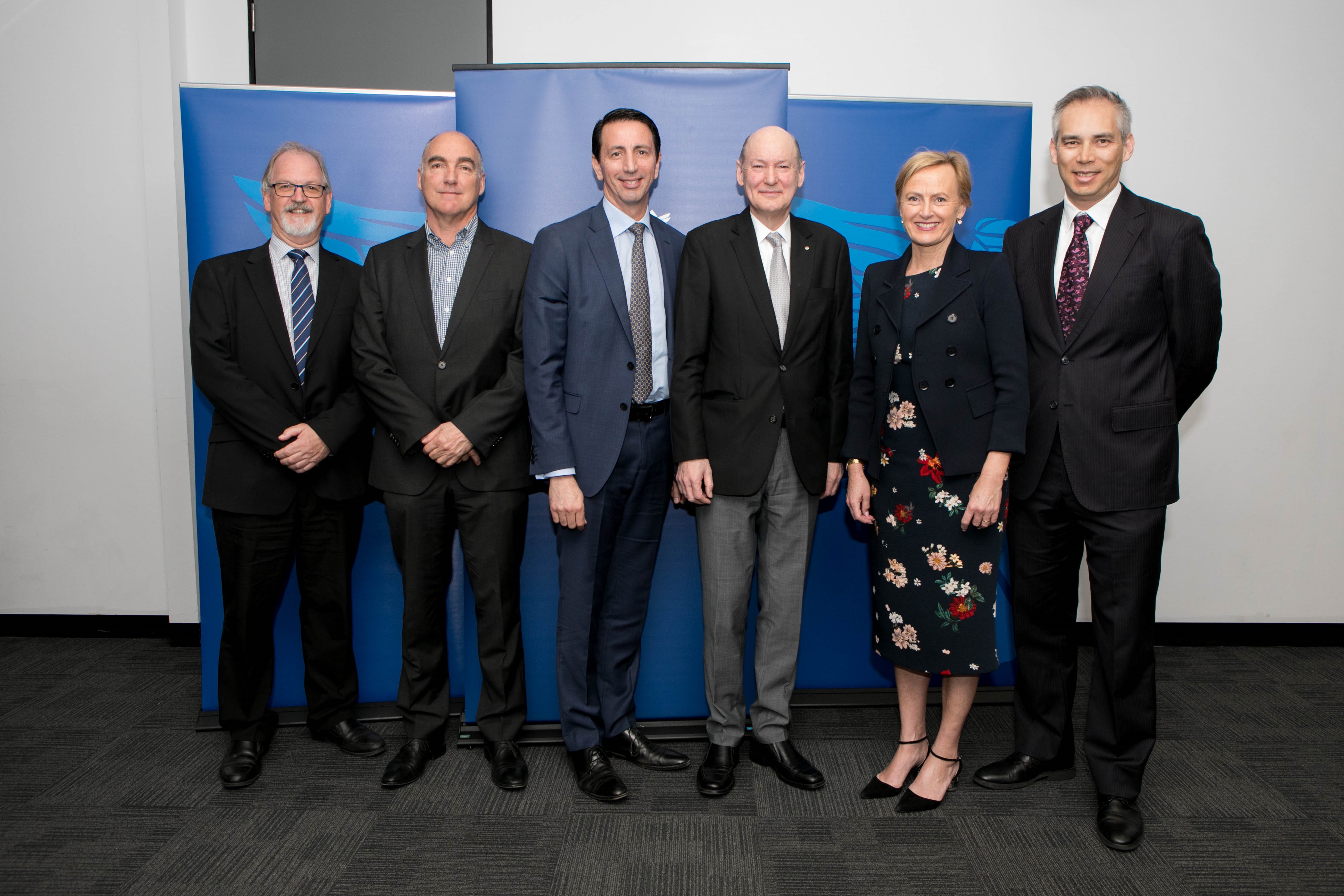
A vaccine for periodontal gum disease, which affects a third of all adults globally, is in development following a $14 million investment into newly-formed biotech company Denteric Pty Ltd.
The company was set-up to develop and commercialise the research outputs of a long-running programme originating from the University of Melbourne working in collaboration with CSL.
The announcement was made at the official launch of the University’s Centre for Oral Health Research (COHR).
The Series A investment comes from the Medical Research Commercialisation Fund’s (MRCF) Biomedical Translation Fund, a Commonwealth-backed fund managed by Brandon Capital Partners, CSL Ltd., Australia’s largest biotechnology company, and the University of Melbourne.
Denteric will focus on developing a therapeutic vaccine for treating periodontal disease, a debilitating and painful form of gum disease which affects one in three people globally. The disease damages periodontal soft tissue and alveolar bones, which support teeth, due to an accumulation of bacteria.
Moderate to severe periodontitis affects more than 50 per cent of Australians over the age of 65 and is associated with diabetes, heart disease, rheumatoid arthritis, dementia and certain cancers. Poor oral hygiene is the leading cause of periodontitis but there are currently no cures available.
University of Melbourne Professor Eric Reynolds, founder and CEO of the Oral Health CRC, now COHR, said the creation of Denteric is the perfect example of public-private collaboration within the thriving Melbourne Biomedical Precinct.
“My team has been developing this critical treatment for periodontal disease over many years at the University of Melbourne,” Professor Reynolds said. “Today, in a true partnership with the Australian Government and private capital, we have launched a company which will bring a Melbourne-developed gum disease therapy to market.”
MRCF CEO Dr Chris Nave said a treatment for periodontal disease is much-needed as the condition is highly prevalent and affects millions of people globally.
“Current methods for treating periodontal disease are archaic and painful. Looking at the science and market opportunity for Denteric, the Porphyromonas gingivalis (Pg) vaccine research program has great promise and the vaccine would be a blockbuster if it comes to market,” Dr Nave said.
CSL Limited Senior Vice President of Research Dr Andrew Nash said it’s exciting to see the treatment progress to the next stage of development.
“We’ve seen significant potential in this treatment from the early days and we are pleased to continue our support for the program through Series A investment into Denteric. The potential to address unmet medical needs with a new vaccine is very important.”
University of Melbourne Deputy Vice-Chancellor (Research) Professor Jim McCluskey said: “We welcome the significant investment in this critical research, which has the potential to change the lives of people around the world.”
The Series A investment will go towards progressing the Pg vaccine research program. It was a lead program at the Oral Health CRC, which was funded under the Australian Government’s Cooperative Research Centres (CRC) Program from 2003 to 2018.
The Oral Health CRC, which has long been supported by funding from the Victorian Government, Australian Government, CSL and the University of Melbourne, is no longer part of the CRC Program. As part of a new agreement, the CRC has been transformed into the University of Melbourne’s Centre for Oral Health Research, which will come under the Melbourne Dental School.
Those who worked on the Pg vaccine research program as part of the Oral Health CRC will continue to support the established collaborative research and commercialisation relationship with Denteric.
The company is looking to commence its first clinical trial in humans in the next two to three years.
SOURCE
Comments
Post a Comment